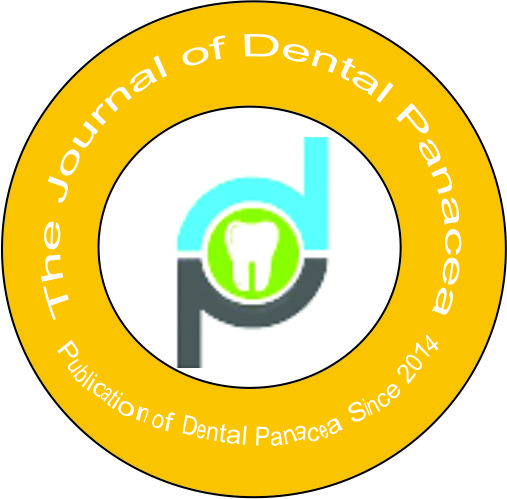Background: Impacted mandibular third molar removal is one of the most common oral surgical procedures. Various surgical techniques have been developed to minimize postoperative complications such as pain, swelling, trismus, and delayed bone healing. This study aimed to compare the Modified Lingual Split Technique with the Conventional Buccal Bone Cutting Technique for the surgical extraction of impacted mandibular third molars.
Materials and Methods: A prospective comparative study was conducted on 20 patients, randomly assigned into two groups: Group A (Modified Lingual Split) and Group B (Conventional Buccal Bone Cutting). Clinical parameters including postoperative pain (VAS), swelling, trismus, bleeding time, wound healing, and bone healing (radiographic) were assessed at multiple time intervals: 24 hours, 7 days, 15 days, 4 weeks, and 8 weeks. Data were analyzed using SPSS v29.0, with statistical significance set at p<0>
Results: Both groups were demographically comparable. Group A demonstrated significantly reduced swelling at 7 and 15 days (p=0.006 and p=0.002), shorter bleeding time (p<0>
Conclusion: The Modified Lingual Split Technique showed better clinical outcomes in terms of swelling reduction, faster trismus recovery, shorter bleeding time, and improved healing patterns compared to the Conventional Buccal Bone Cutting Technique. While both methods are effective, the lingual split technique may offer advantages in reducing postoperative morbidity and enhancing recovery.
Keywords: Mandibular third molar, Lingual split technique, Buccal bone cutting, Impaction, Surgical extraction, Bone healing, Postoperative complications
